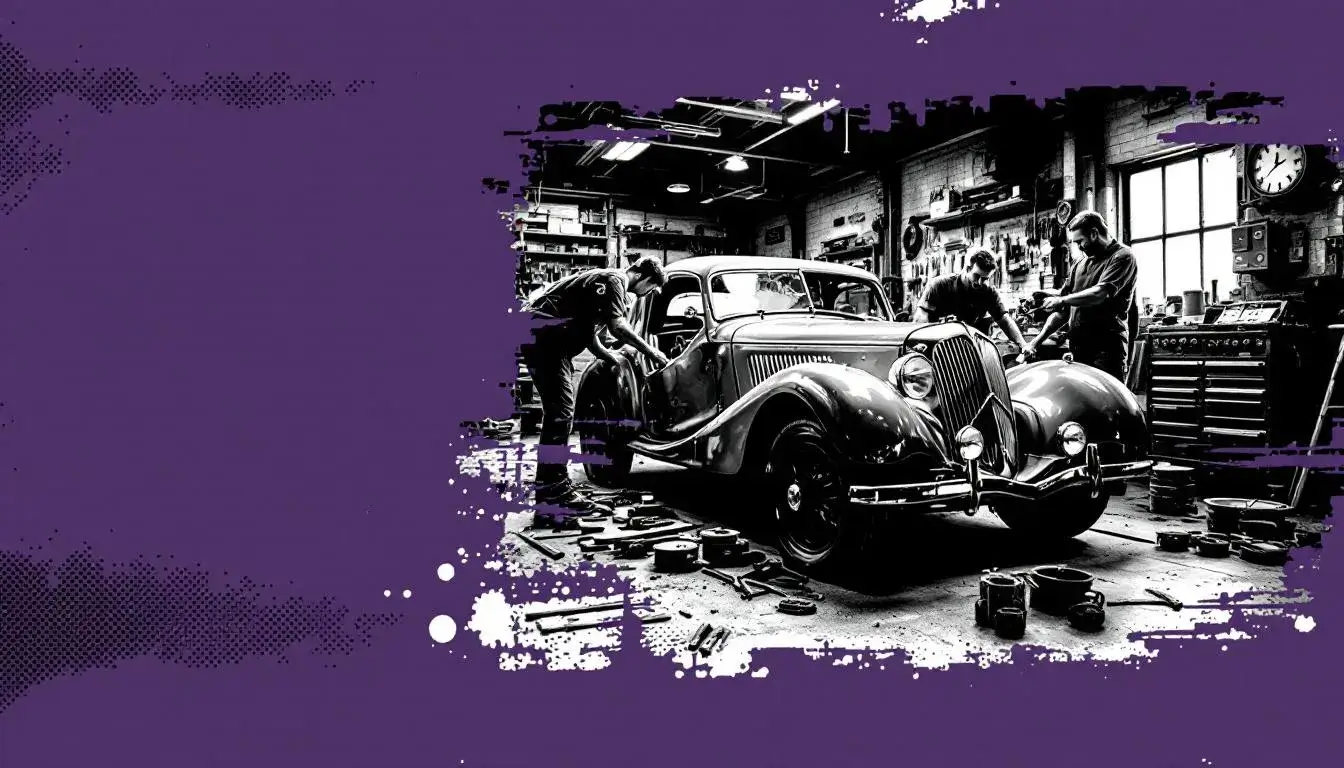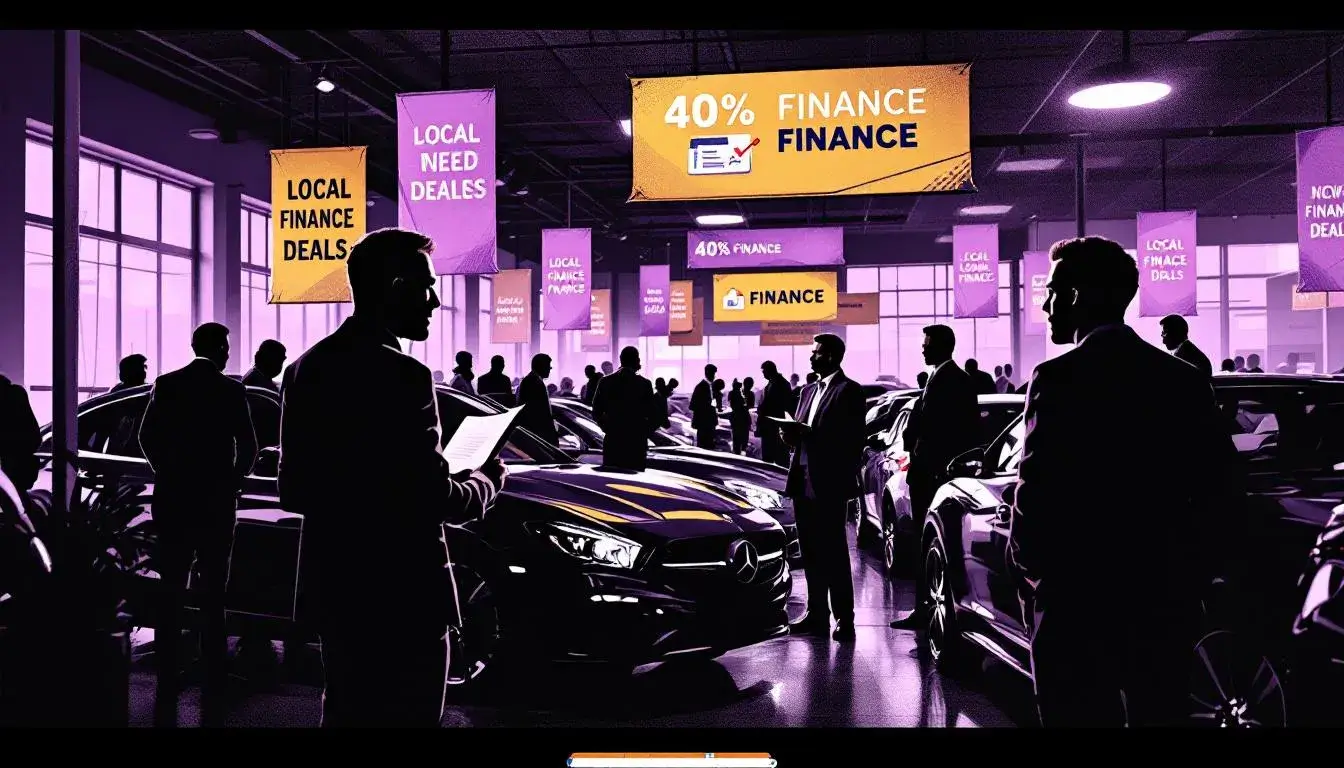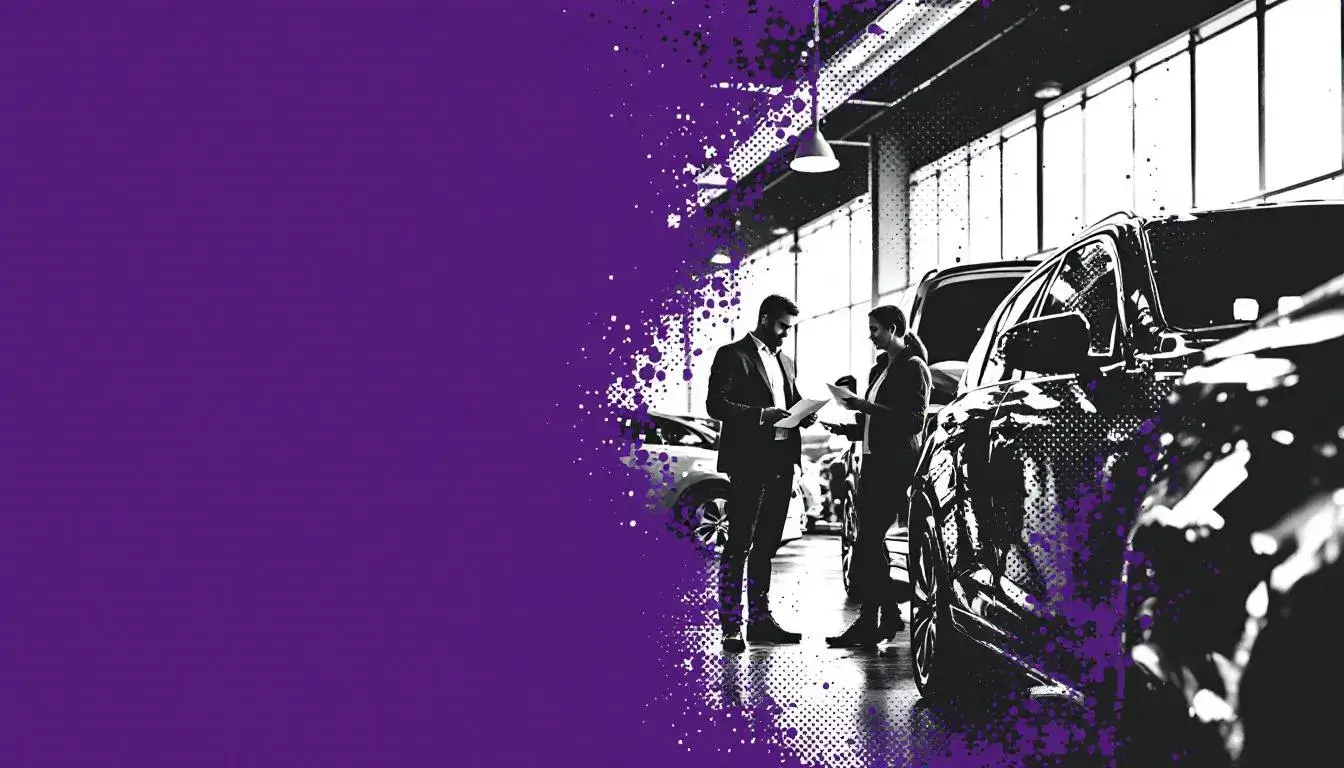
Finance Options for Restoring a Classic Car

Why This Guide Matters
Let’s face it: restoring a classic car is either a brilliant idea or the sort of financial escapade that has your accountant reaching for the gin. But if you’ve ever looked at a battered E-Type or a Mini Cooper rusting in someone’s garden and thought, “I could bring that beauty back to life,” this guide is for you. Whether you’re after nostalgia, investment, or just an excuse to show off at the local pub, the right finance can make the difference between a restoration triumph and a driveway full of broken dreams. It’s not just about finding cash—it’s about finding smart cash. So, buckle up: we’re about to make car finance almost as exciting as the restoration itself.The Basics Explained
Classic car restoration is, in essence, a money pit with wheels. The costs rack up faster than you can say "barn find." You’ll need funds for parts, paint, specialist labour, and, if you’re anything like me, at least three chrome wing mirrors you don’t actually need.Here’s the challenge: most banks look at a rusting 1970s hatchback and see a skip, not a collateral. Specialist finance products exist, but they’re as varied as the cars themselves. Your choices boil down to a few main types:
- Personal loans: Flexible, unsecured, and as straightforward as they come.
- Secured loans: Borrow more, but risk your home or other assets if you muck it up.
- Specialist classic car finance: Tailored loans from brokers or lenders who know their Jaguars from their jalopies.
- Credit cards: Good for the odd part or two, but dangerous if you try to buy an entire engine block.
- Project finance: Staged payments as your restoration progresses, often inspected by someone who knows what a carburettor is.
- Monthly outgoings: Pick the wrong finance, and you’ll be eating beans on toast until your retirement.
- Project timeline: Cash flow hiccups mean your car stays in boxes for years. The right loan keeps the wheels—literally—turning.
- Quality of the build: Squeezing pennies might mean cutting corners. Good finance lets you buy the better gearbox, not just the cheapest one.
- Ownership: Some finance options mean the lender technically owns your pride and joy until you’ve paid up. Choose wisely, or you’ll be polishing someone else’s bonnet.
- Personalised lending panel: We work with lenders who understand classic cars. No blank stares when you mention a 1968 MGB or a Lotus Elan.
- Flexible terms: Restoration isn’t a one-weekend job, so we offer finance terms that can flex as your project unfolds.
- Transparency: No hidden fees, no "gotcha" clauses, just straight-talking advice (and the odd motoring metaphor).
- Support: Our team won’t leave you hanging if your restoration hits a snag. Need to adjust your payment schedule? We’re on it.
- Responsible lending: We won’t let you overextend yourself chasing a concours trophy. If it doesn’t make financial sense, we’ll tell you—sometimes with brutal honesty, always with your best interest at heart.
- Get a realistic budget: Restoration costs always balloon. Always. Factor in at least 30% extra for "surprises."
- Assess your cash flow: Will you still be able to afford the essentials—like food, heating, and the occasional pint?
- Understand your risk: Secured loans put your home on the line. Are you really ready for that?
- Know your car’s value: If it’s a rare Aston Martin, finance makes more sense than if it’s a Morris Marina.
- Check your credit score: The better your score, the better your rates. Simple as that.
- “It’ll be worth a fortune!”: Maybe. But unless it’s a Ferrari 250 GTO, probably not.
- “Finance is easy to get!”: Only if your credit score glitters like chrome. Otherwise, it takes work.
- “You can restore on the cheap!”: Only if you enjoy disappointment and duct tape.
- Crowdfunding: Get fellow enthusiasts to chip in. Just be ready to repay with rides or eternal gratitude.
- Car clubs & grants: Some organisations offer grants or interest-free loans for historically significant cars.
- Joint ventures: Partner with someone who shares your vision—and your bills.
- DIY savings plan: Slow and steady, but zero interest. Set up a dedicated savings account for your project.
- Part-exchange or sell-off: Sell unwanted spares, memorabilia, or even your current car to fund the build.
How It Affects You
Let’s be honest: unless you’re sitting on a secret fortune or have a very understanding spouse, restoration finance could make or break your project. The way you fund your build directly impacts:A botched finance deal is the fastest way to turn a dream build into a nightmare. Treat finance as you would the wiring loom—get it wrong, and everything goes up in smoke.
Our Approach
At Kandoo, we know a classic car isn’t just a car—it’s a rolling time machine, a piece of history, and occasionally, a reason to spend your weekends cursing at seized bolts. We’re not here to flog you any old loan; we’re here to help you choose a finance option that won’t leave you praying for a lottery win.How do we do it?
While you’re busy tracking down period-correct hubcaps, we’ll handle the paperwork and put together finance that fits your budget, your project, and your ambitions.
Before You Decide
Before you sign anything—especially a finance agreement—take a moment to channel your inner sceptic. Here’s what you need to do:Ask yourself: If it all went wrong, could you cope? No one wants to end up with half a car and a whole heap of debt.
What’s Real, What’s Hype
There’s a lot of romantic nonsense surrounding classic car restoration. Yes, it’s enjoyable, but it’s rarely a get-rich-quick scheme. A few myths to ignore:The reality? Restoration is a labour of love, not a guaranteed investment. Finance can help, but only if you keep your wits about you.
Pros & Cons
| Pros | Cons |
|---|---|
| Spread the cost over time | Interest adds to total project cost |
| Access to better parts & expertise | Risk of over-borrowing |
| Keeps project moving | Monthly repayments limit flexibility |
| Specialist options for classic cars | May need to secure against assets |
| Can increase car’s value | Restoration rarely sticks to budget |
Other Options to Consider
If traditional finance isn’t revving your engine, consider these alternatives:Sometimes, a mix of options works best. Don’t be afraid to get creative—just don’t start selling family heirlooms.
FAQs
Can I get a loan if my project isn’t roadworthy? Yes, but you’ll need a lender who knows their classics. Some loans are ‘project-based’ and release funds in stages.What’s the best type of finance for restoration? It depends on your circumstances. Personal loans are simple, but specialist classic car finance often offers better terms for big projects.
Will finance affect my insurance? Not directly, but some lenders require proof of comprehensive insurance during restoration—just in case disaster strikes.
Can I finance parts and labour separately? Yes. Some lenders allow staged payments to cover the different phases of a build.
What happens if I can’t finish the project? You’re still on the hook for repayments. Some lenders may accept the unfinished car as part-settlement, but don’t bank on it.
Do I need a valuation before applying? Usually, yes—especially for larger loans. A specialist valuation helps lenders (and you) understand the car’s potential worth.
Is classic car finance regulated? Reputable brokers and lenders—like us—are regulated by the FCA, so you’re protected from cowboy operators.
Next Steps / Call to Action
Ready to turn that rust heap into a show-stopper? Don’t just dream—do it with your eyes open. Use our calculator to see what you could borrow, or get in touch for a chat with our restoration finance experts. We’ll help you find the right route to the garage of your dreams—without any financial breakdowns along the way.Buy now, pay monthly
Some of our incredible partners
Our partners have consistently achieved outstanding results. The numbers speak volumes. Be one of them!


Buxton Woodworks

International Academy of Saddle Fitters










